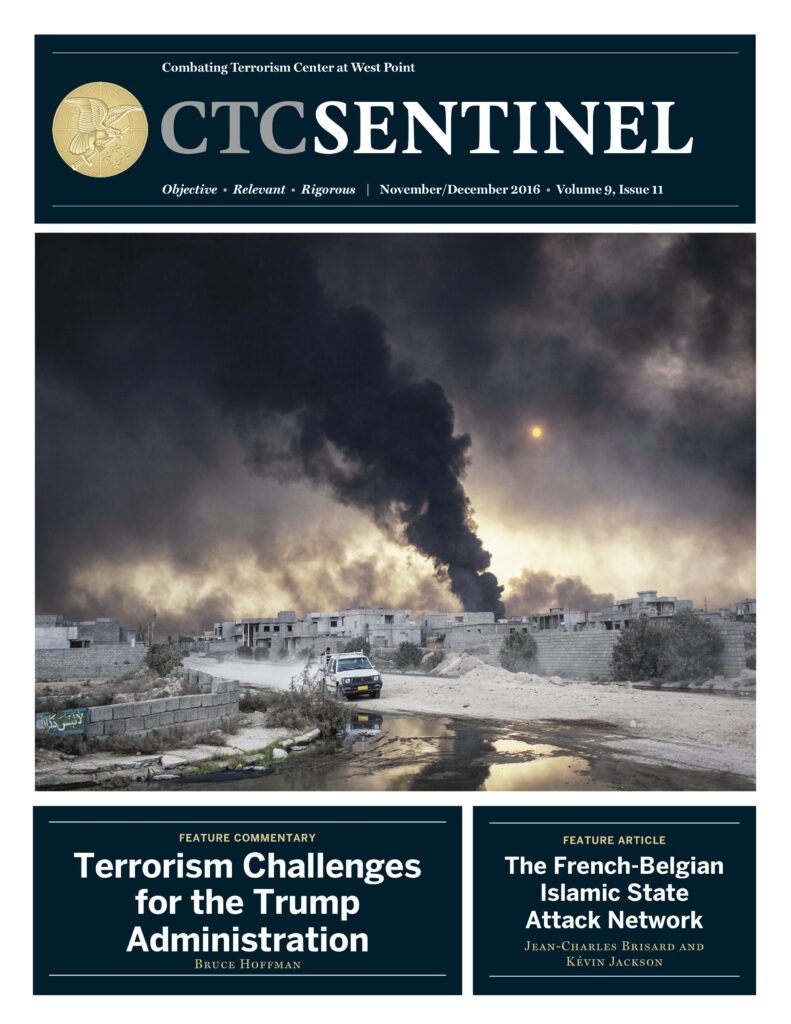By Manish Rai
ISIS caliphate once had a population of 10 million people within its borders. It stretched across two countries Iraq and Syria and included major towns and cities, oil fields, factories and dams and was roughly the size of Britain. While tactically and strategically, ISIS is a mere shadow of what it was, it still remains a potent force.
There is a growing perception among the Western analysts that Islamic State doesn’t pose any significant threat. While the physical caliphate has extinguished, the extremist group still has thousands of fighters in its ranks in Syria. The group adopted the calculated strategy of withdrawing to conserve manpower and pivot away from holding territory to pursuing an all-out insurgency in the near future.
The IS has returned to its roots, conducting an insurgency the same way it did in Iraq in the early 2000s. It’s using small groups of well-armed militants driving around on motorcycles or in pickup trucks with machine guns. In some cases, they may have some heavy weaponry, but mostly they are just doing hit and run attacks all the time. Sometimes, it’s just shooting from far away at military patrols to scare them away or keep them from patrolling in certain areas.
Despite the end of its territorial caliphate in 2019 and the death of several of its leaders since, the Islamic State of Iraq and Syria has demonstrated considerable resilience. It continues to operate as a highly active insurgency, particularly in the countryside of Syria. Also, the group’s top leadership still operates from the Syrian territory. It is evident from the fact that all three caliphs were killed in operations within Syria and were believed to have been moving between the borders of Syria and Turkey in desperate efforts to maintain their anonymity.
Presently ISIS leaders appear mostly to be providing broad guidance through online messages rather than overseeing day to day operations of the organisation in Syria. The group now seems to operate on two levels: the first one consists of a core of militants acting on the leadership’s directives and conducting complex attacks. While the second one larger set of decentralised cells carries out smaller, more frequent raids, intimidates the public and collects funds.
By following this modus operandi ISIS has ingrained communication and transit networks linking the country’s various regions. And assign its cells specific roles in each place and view its activities in each area as enhancing those in the others. ISIS is preparing itself to pursue the goal of regaining overt territorial control whenever the conditions allow.
ISIS has divided Syrian territory in four different zones of influence and uses each zone in a distinct way. In Badia, the rear base for its operations in Syria, it also trains most of its new recruits there. In the northeast, it gathers funds and stores supplies, as it stages attacks on security forces, technocrats and tribal notables to weaken public confidence in local governance. In the north and northwest, it maintains hideouts for mid-level and senior commanders, who enjoy a degree of anonymity among the hundreds of thousands of displaced Syrians living in makeshift settlements.
The ISIS insurgencies in central and north-eastern Syria are particularly intertwined. The group moves men and materiel between regime and SDF controlled regions depending on its changing objectives, its logistical needs and its foes’ vulnerabilities in each area. These movements appear to be coordinated among central, regional and area commanders.
There are around 10,000 fighters and mid-level leaders of Islamic State locked up in prison centres in Syria. Most of them are being held under makeshift prisons manned by the Syrian Democratic Forces (SDF) which has limited resources. IS looks at this as a good opportunity to reinforce its depleted ranks by freeing its experienced members from these camps. In January 2022, ISIS fighters launched a bold attack on a prison in Hasakah, northeast Syria, to free their comrades. Hundreds reportedly escaped, and over 500 died, including SDF members who eventually regained control of the facility.
The SDF has multiple times sounded an alarm over meagre resources on the ground for keeping thousands of pro-ISIS prisoners in its custody. And adding to these hardships is the looming threat of Turkey invading Northeast Syria. The threat of a Turkish invasion of Kurdish territories in Syria presents a serious risk in terms of the possible escalation of ISIS activities in the region. An invasion would overwhelm Kurdish defences, forcing the SDF which consists mostly of Kurdish forces to divert its attention and resources away from anti-ISIS operations and towards fighting invading Turkish forces. If a Turkish invasion does occur, it will provide ISIS with a golden opportunity to rebuild its strength by staging further prison breaks and taking advantage of the geopolitical chaos to conduct attacks in the region.
For fighting highly adaptive adversaries like ISIS, the approach should be a hybrid one. To entirely defeat the Islamic State mainly three things should be focused on. First military defeat that would drive ISIS from its last remaining pockets of territory in Syria’s far east. Second, some sort of political settlement which brings stability. And the last most important one is to end the appeal of ISIS’s extremist ideology so that it can no longer keep attracting recruits and resources.
ISIS toxic ideology can still affect an entire generation so focus should be on ideologically eradicating it. An ideological defeat is a much tougher task because anti-extremism campaigns require patience and resilience but these measures offer long term solutions as they tackle the root causes of the radical ideologies.(IPA Service)
By arrangement with the Arabian Post

 Journalist, Diplomat Zubzycki’s’ Book ‘Dethroned’ Is A Masterpiece On Indian Union
Journalist, Diplomat Zubzycki’s’ Book ‘Dethroned’ Is A Masterpiece On Indian Union 